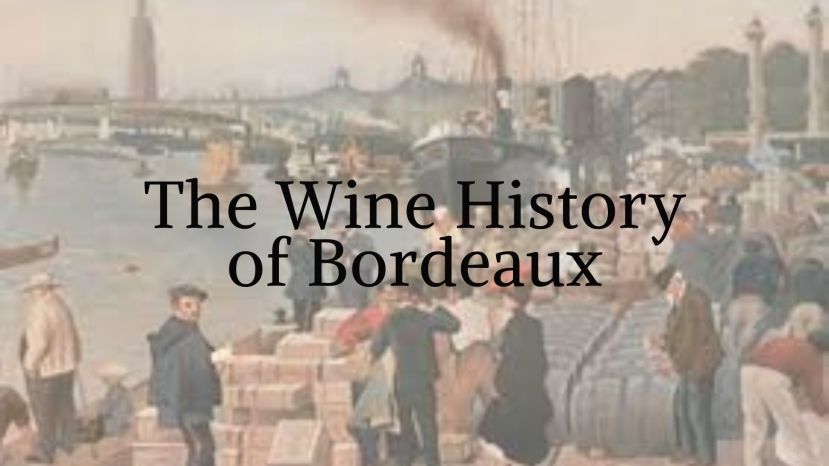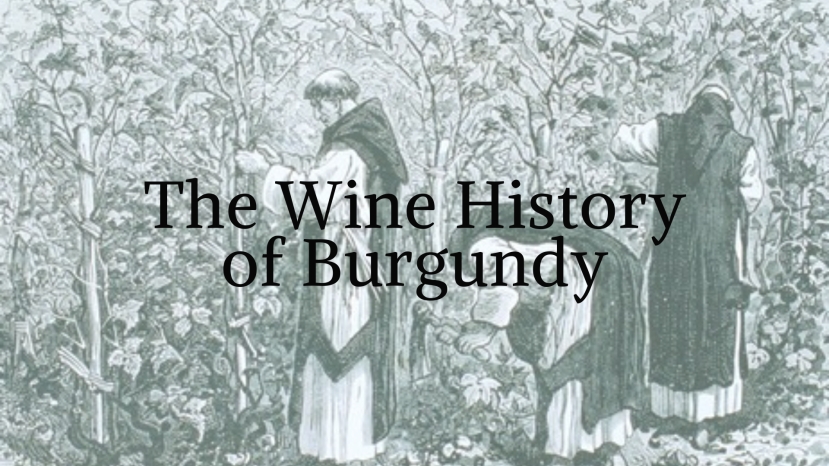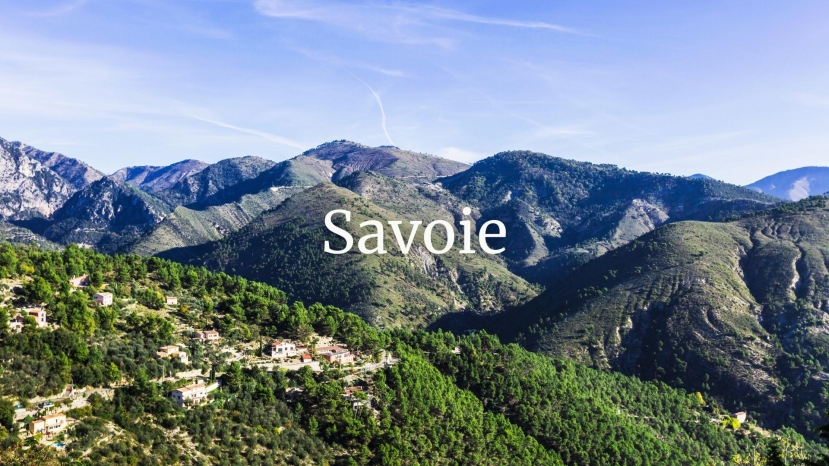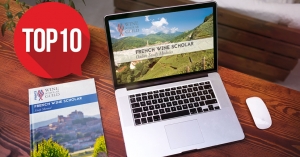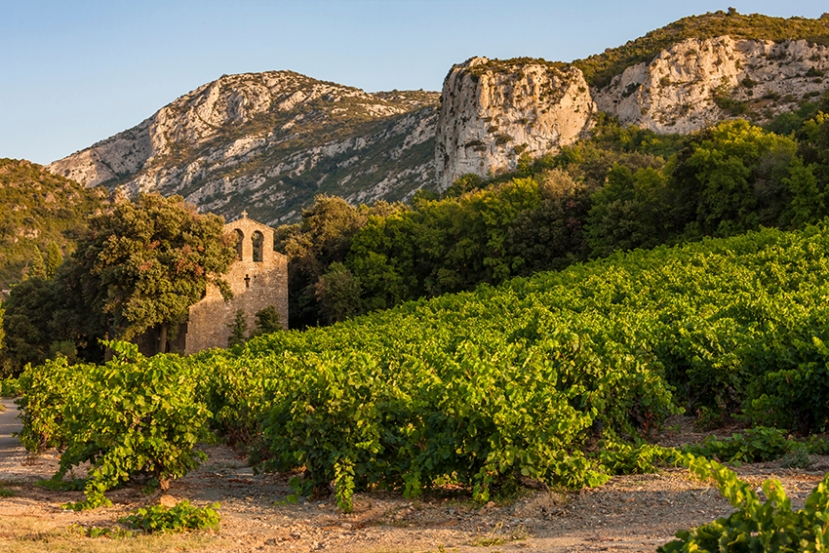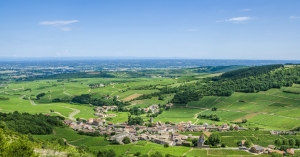BLOG
french wine scholar
Summary:
Bordeaux has been one of the most important ports in all of Europe since Roman times, and it is no surprise that the wines of the area have inspired strategic political alliances, wars, wealth, and are among the old world’s most internationally influenced and sought after. Bordeaux is iconically French, but would not resemble itself without the impact of the English and the Dutch.
Summary:
The history of Bourgogne wines is the story of a very specific collaboration, which defines the concept of Terroir.
Join wine historian and Official Bourgogne Ambassador, Tanya Morning Star Darling to explore the Bourgogne region from the ancient, and dramatic geological events which created the soils, and Côtes, to the Romans, the Church, the Dukes, Napoleon, to the thousands of growers and producers that make up the diverse mosaic of wines that is Bourgogne.
Summary:
From vineyards on the best-exposed limestone slopes of the Prealps, Savoie wines are made from a plethora of grape varieties, which are proving to be ideal in the face of climate change.
Wink Lorch published her second book, Wines of the French Alps: Savoie, Bugey and beyond in 2019, and it has already received rave reviews from Eric Asimov, David Schildknecht and the team at
Thinking about signing up for the French Wine Scholar program? Be inspired by what our students are saying about the program and the top ten reasons they give for enrolling.
For wine lovers, there are two Languedocs...
Summary:
It's time to shine a light on the dry white wines of Bordeaux. Often overshadowed by the region’s famous reds, these wines deserve more attention. From the polished, subtly oaked Sémillon and Sauvignon blends of Graves to the fresh and vibrant Sauvignon Blancs of Entre-Deux-Mers - and beyond - there is so much to discover. French Programs Director
As a wine region, Burgundy embodies both the past and the future. On the one hand, Grands Crus that have been celebrated for centuries remain in the hands of multi-generational family domaines. On the other hand, outside investment, adjustments to the appellation system, and the realities of climate change (which have necessitated adaptations in viticulture and winemaking) have all combined to bring about change in recent years. This duality lies at the heart of modern Burgundy, and here to sort much of it out for us is acclaimed wine writer and critic Andrew Jefford. Below, he takes a look at the numbers that have shaped Burgundy’s recent history, and what that means for its future.
As an accomplished wine writer Andrew Jefford has decades of experience watching the French wine industry evolve. Here, he takes a look at the wine trends that are shaping the Champagne region, its landscape, its climate, the industry and ultimately, how winemakers are adapting in the cellar.
Join us as we explore some of the key winemaking choices thatimpact wine quality and character.
Can you ferment for flavor, boost aroma, or build structure? What decisions are made as great grapes transition into great wine? Explore red, dry white, and sweet white winemaking variables while pulling yeasts and aromatics into sharp focus.
Summary
Women have played a key role throughout the history of le champagne (the wine) and la Champagne (the region). The cheeky courtesans were enthusiastic consumers during the 18th century. The widows were innovative producers during the 19th century. The mothers and wives kept the champagne ship afloat during two World Wars during the 20th century. And like a champagne bubble, the women are moving onwards and upwards during the 21st century.

